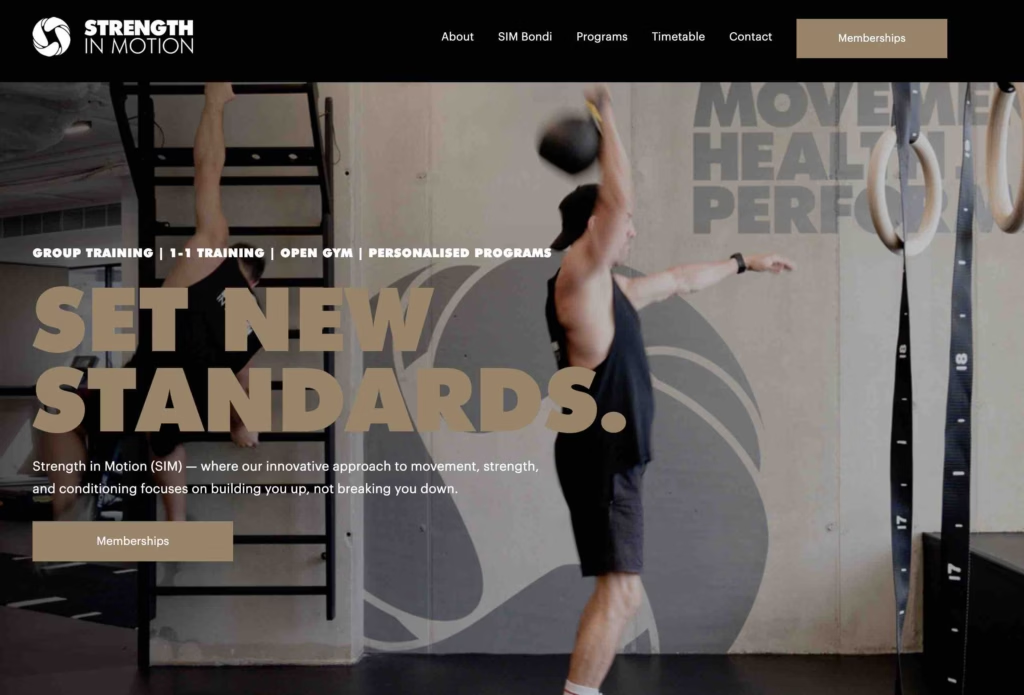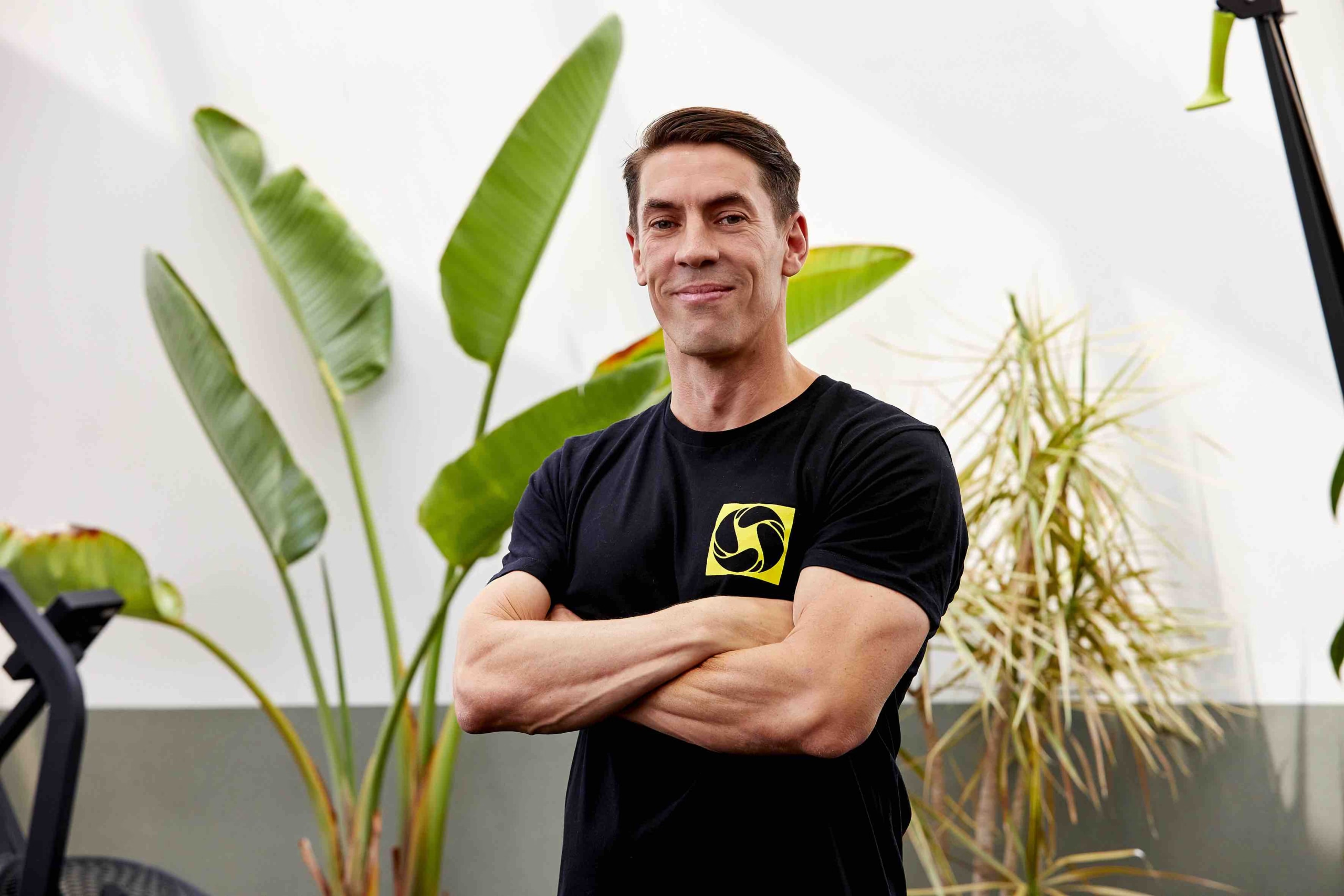As we age, maintaining functional independence becomes paramount. A key aspect of this is the ability to move efficiently from the ground to a standing position, known as Ground-To-Stand exercises. This may sound basic, but later in life, it can become a reality and impact the quality of our day-to-day activities.
Incorporating ground-to-stand exercises and slow resistance training into our fitness routines now can go a long way to making sure that we live a long, active and comfortable life.

Matthew Waterton, co-founder of Strength In Motion, says there are two key elements when it comes to specific exercises that have a direct influence on one’s life longevity. Range of movement, particularly Ground-To-Stand exercises and time-under-tension with your resistance training.
Let’s first look at Ground-To-Stand (GTS) exercises, such as Turkish get-ups, kneeling squats, controlled ground transitions, and crawling drills. All are foundational movements that engage multiple muscle groups and movement patterns simultaneously. These exercises not only improve strength and mobility but also enhance balance and coordination, which are crucial for preventing falls and maintaining independence as we age. Research has shown that the ability to sit and rise from the floor is a reliable predictor of mortality, highlighting the importance of these movements in functional longevity.
Matt’s 10-Minute GTS Routine for Functional Longevity
The ability to sit and rise from the floor is a reliable predictor of mortality, highlighting the importance of these movements in functional longevity.
Here is Matt’s 10-minute GTS routine that you can add to any exercise regime (Repeat twice):
1. Turkish Get-Up (1 minute)
- Perform 1 rep per side, focusing on slow and controlled movements.
2. Kneeling Squats (1 minute)
- Transition from kneeling to standing and back down, engaging your core and lower body.
3. Slow Resistance Training (1 minute)
- Choose an exercise like squats, lunges, or push-ups.
- Perform each rep slowly, taking 3-5 seconds to lift and 3-5 seconds to lower.
4. Crawling Drills (1 minute)
- Perform bear crawls or commando crawls, focusing on maintaining a stable core and controlled movements.
Performing these exercises 2-3 times per week, with adequate rest and recovery, can lead to improved strength, mobility, and overall functional capacity.
Let’s now look at time-under-tension. Another important aspect to improving one’s life longevity is the intentional act of slowing down our resistance training. This involves performing each exercise with controlled movement and emphasising the eccentric (lowering) phase. By increasing the time under tension with your resistance training, it can lead to greater muscle activation and strength gains. It will also strengthen your bone density.

Research shows that slow, intentional strength training stimulates bone remodeling. This is when old bone tissue is replaced by new bone tissue. By slowing down your reps and focusing on form, osteoblasts (bone-forming cells) are stimulated and new bone tissue is produced. A very handy process if one wants to extend the quality of their life.
Waterton suggests a simple, yet effective, way to increase the time-under-tension in your workouts is to count when you’re doing each rep. ‘Count to a slow 5 when you are either lifting or pushing the weight and then another slow 5 when you are lowering it’ he says. ‘Make sure you try to maintain proper form throughout to maximise muscle engagement and reduce the risk of injury as well.’
Taking the time to implement and prioritise these factors when working out can lead to a more active, comfortable, and independent life, ensuring that you move well and feel confident in your body’s capabilities for years to come.
Learn More at: Strength In Motion



